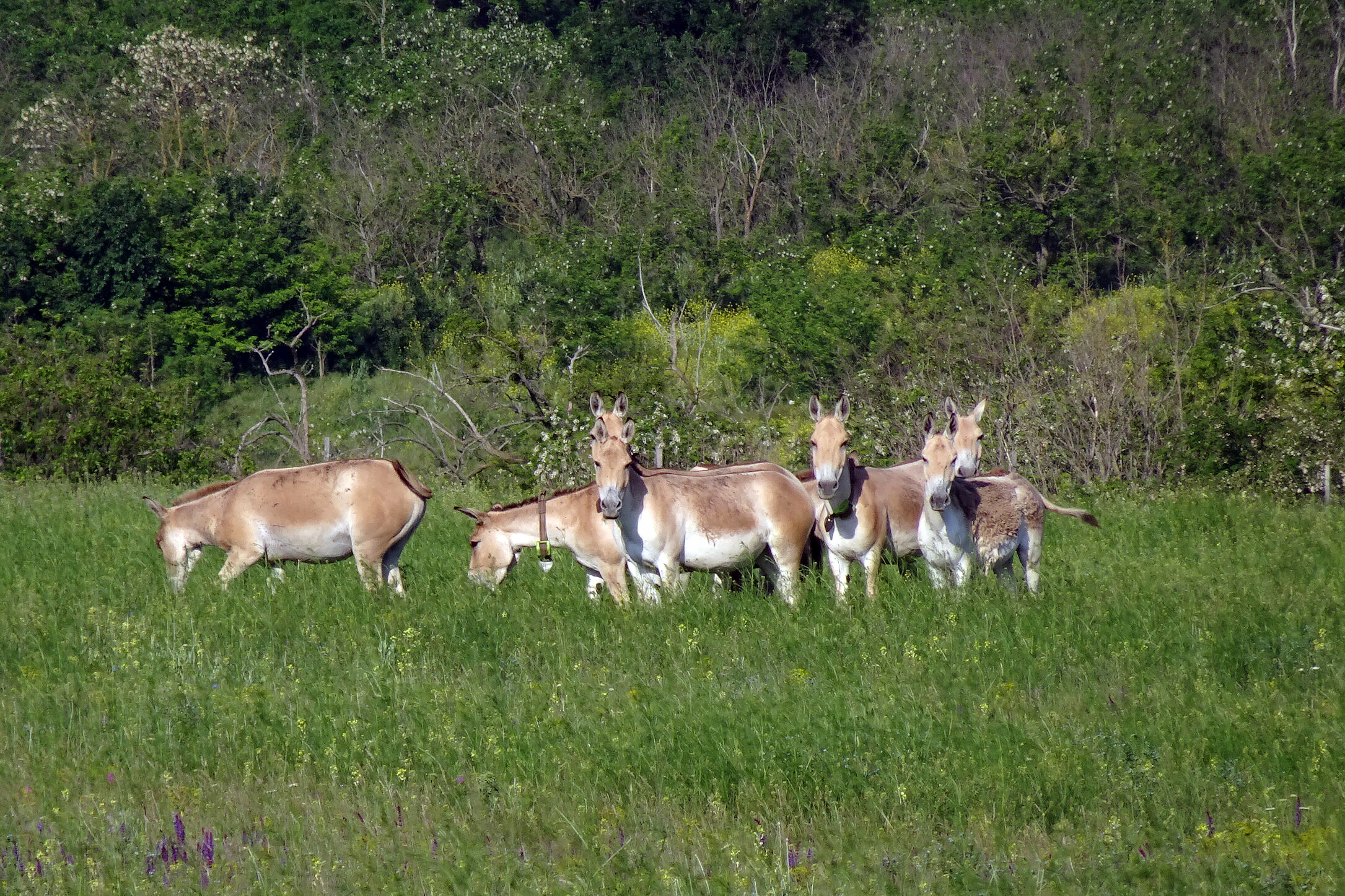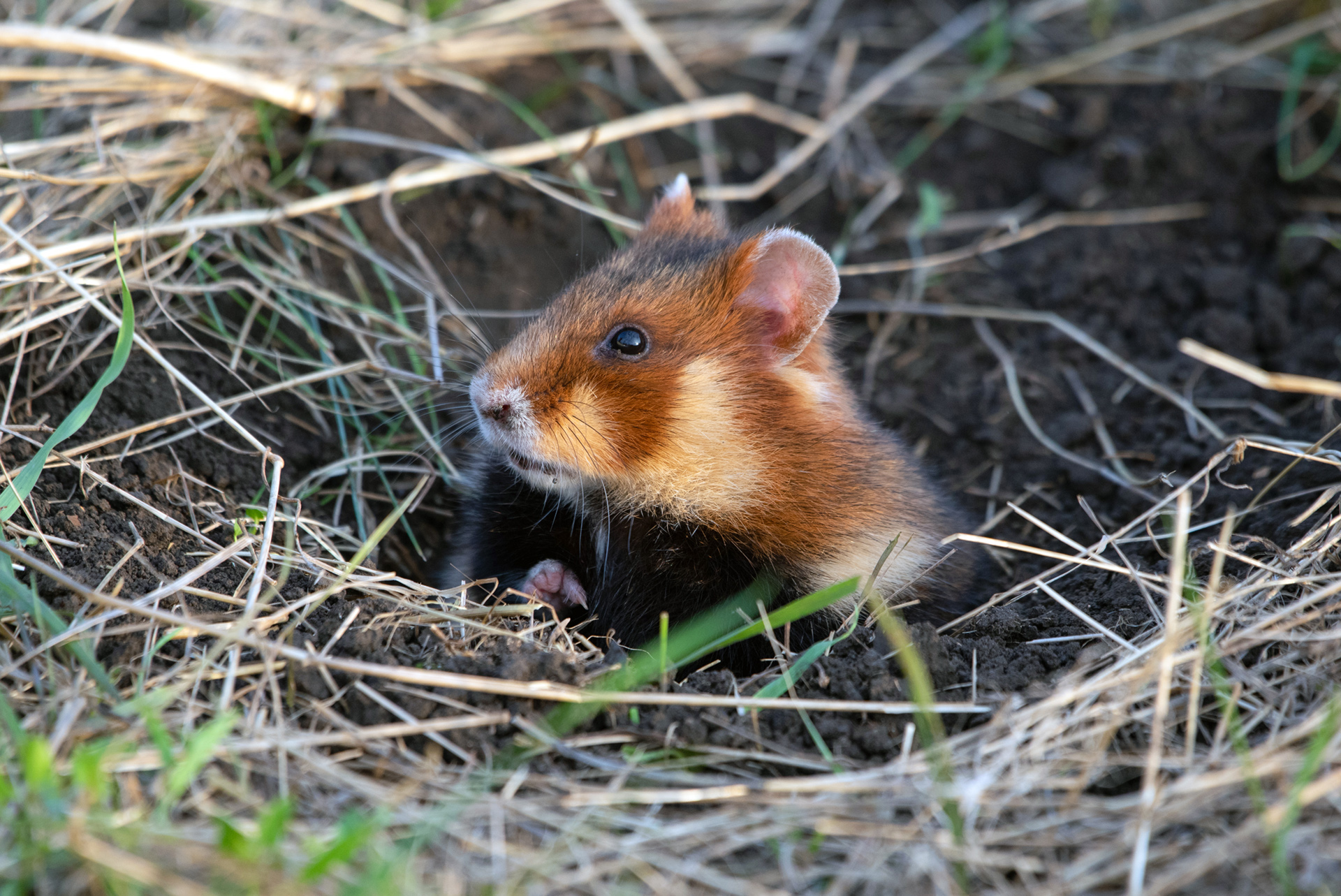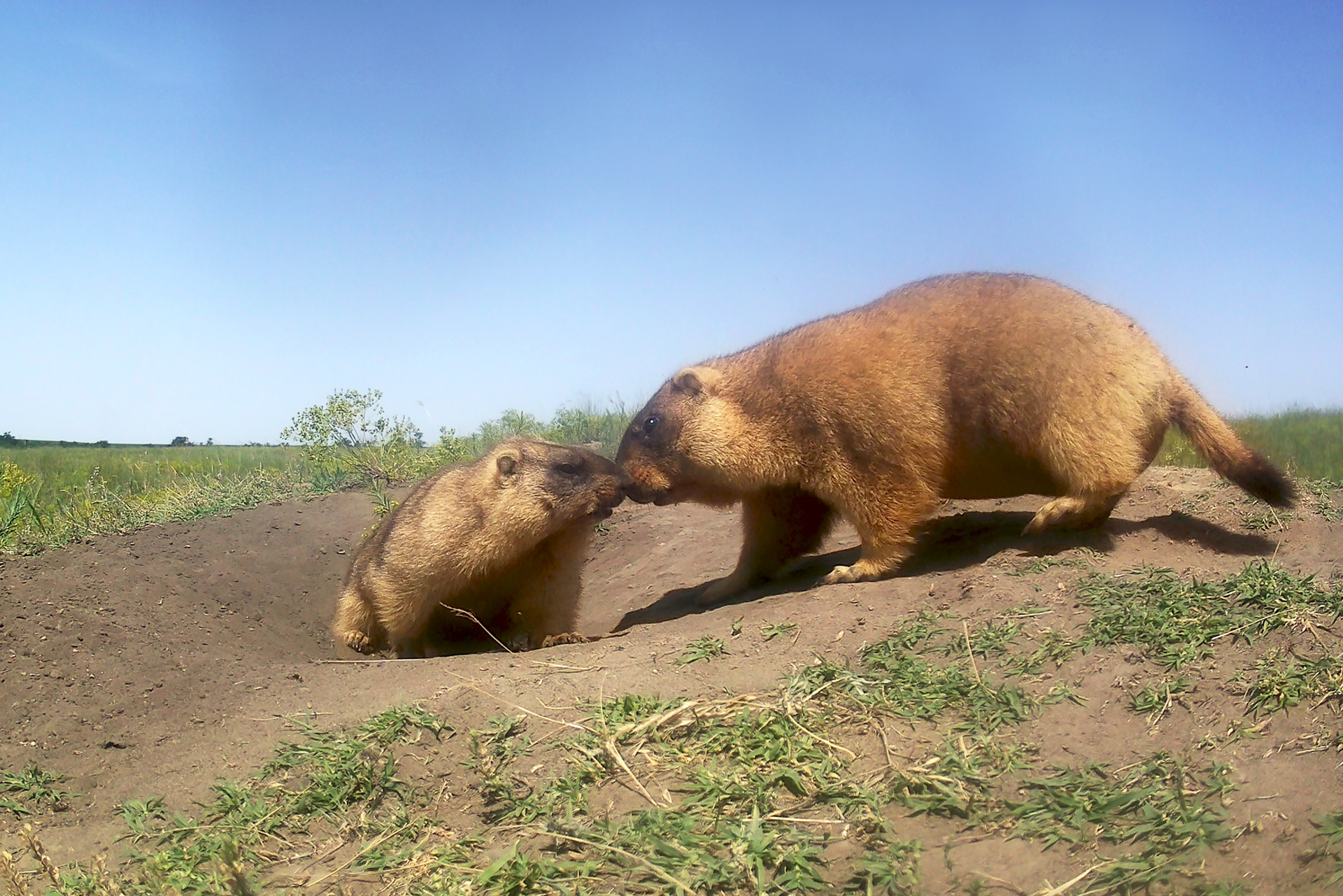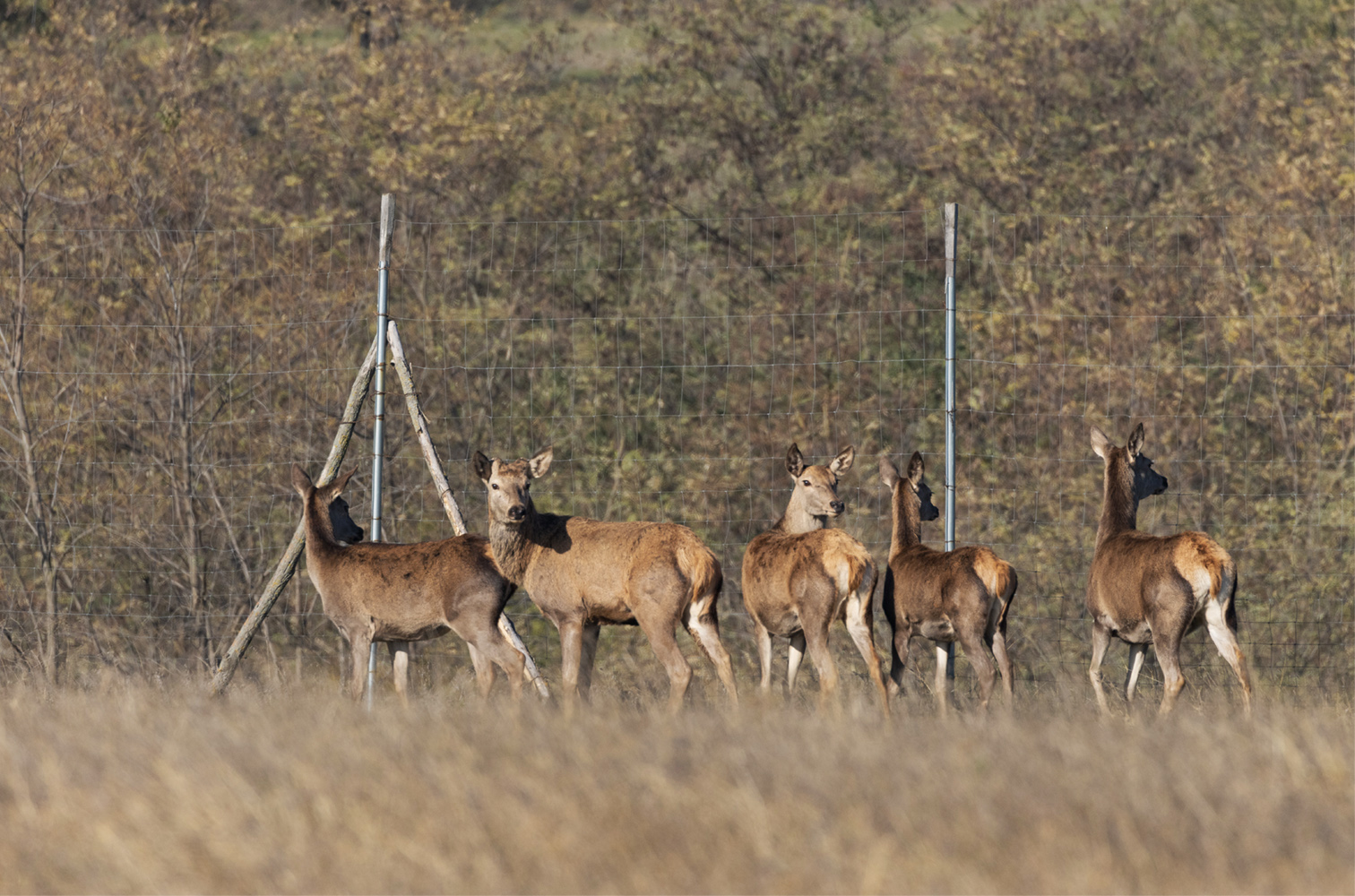The Rewilding Ukraine team have just released a herd of seven fallow deer into the wild on the Tarutino Steppe. This exciting and long-awaited step towards a wilder landscape will deliver a range of benefits to nature and local communities.
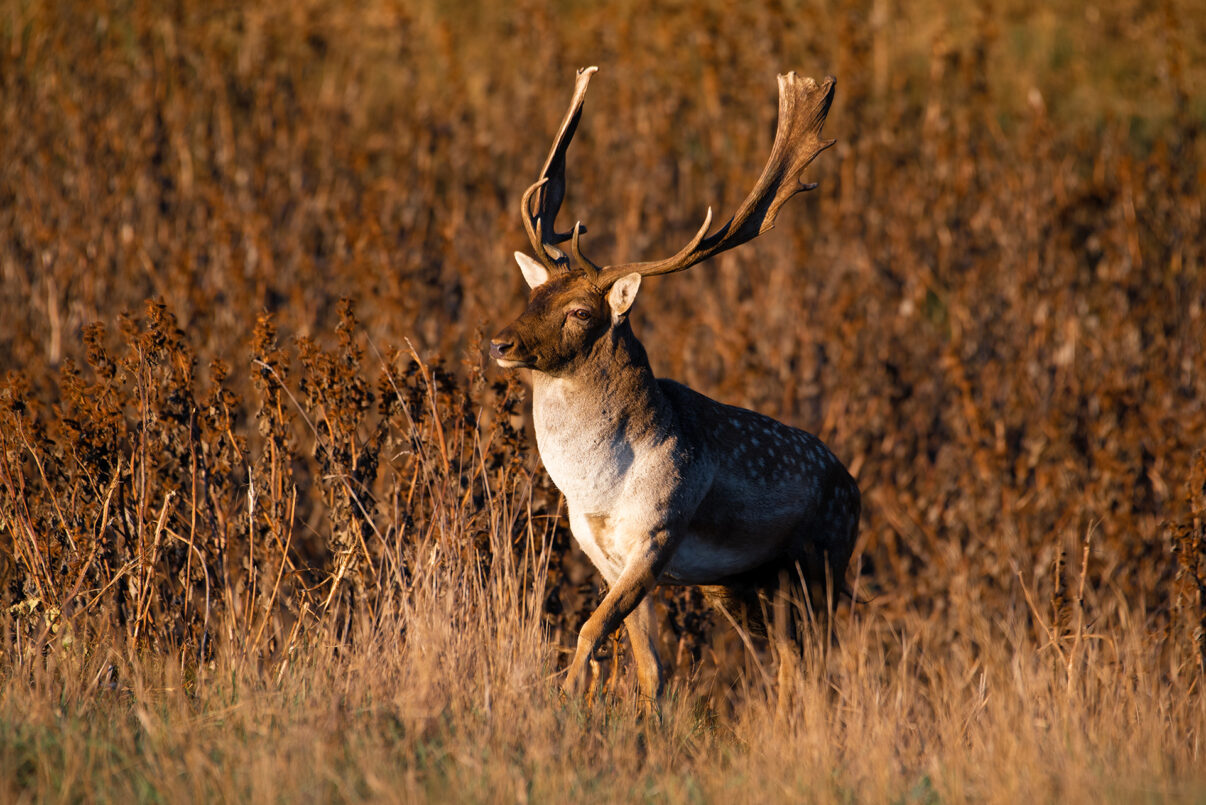
Towards a wilder future
A small group of fallow deer have just been released into the wild on the 5200-hectare Tarutino Steppe in Ukraine, which is part of the extended Danube Delta rewilding landscape. By reintroducing fallow deer, the team is reviving natural processes that prevent shrub overgrowth and reduce the risk of catastrophic wildfire outbreaks. More fallow deer will be released onto the Tarutino Steppe this year, or in early 2026.
“This release is a very special moment for our entire team as we anticipate the benefits they will bring to the ecosystem,” says Oleksiy Pudovkin, an animal reintroduction specialist working for Rewilding Ukraine. “Through their grazing and browsing, the deer will play a vital role in restoring the natural balance of the steppe. Natural grazing will also help combat the encroachment of shrubs, prevent wildfires by reducing excess vegetation, and create better conditions for native plants that thrive in open conditions.”
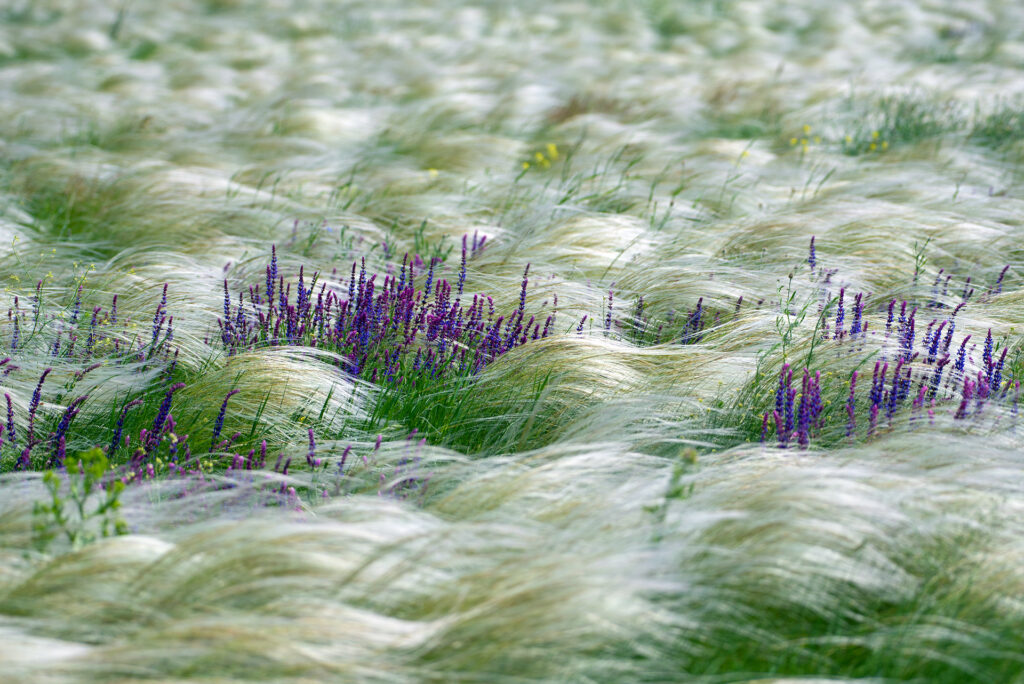
Revitalising natural processes
The European fallow deer is a relative of the red deer, but is smaller in size with light spots and a white tail. Shovel-shaped antlers decorate the males and help to fight off opponents during the mating season, when males fight for the right to establish a harem of females.
This is the first time that the Rewilding Ukraine team have released fallow deer into the wild on the steppe, creating a new population on one of the last and best-preserved steppe areas in Ukraine and Europe. The team have been working to create a wilder steppe governed by natural processes since 2019, with funding provided by the Endangered Landscapes & Seascape Programme, through Rewilding Europe. Restoring natural grazing by free-roaming herbivores such as fallow deer – which would have been commonplace before the impact of hunting and farming – is a critical part of this journey. The steppe is a protected area, so the deer will be able to move safely across the landscape.
Most of the deer that have just been released were brought from west Ukraine in early 2022, travelling more than 900 kilometres to their new home. They were then kept in an acclimatisation enclosure to help them adjust to their new home, with the team closely monitoring their progress. More than 30 fallow deer, together with some red deer – the result of other translocations – will remain inside the enclosure to create a breeding reserve for the future.
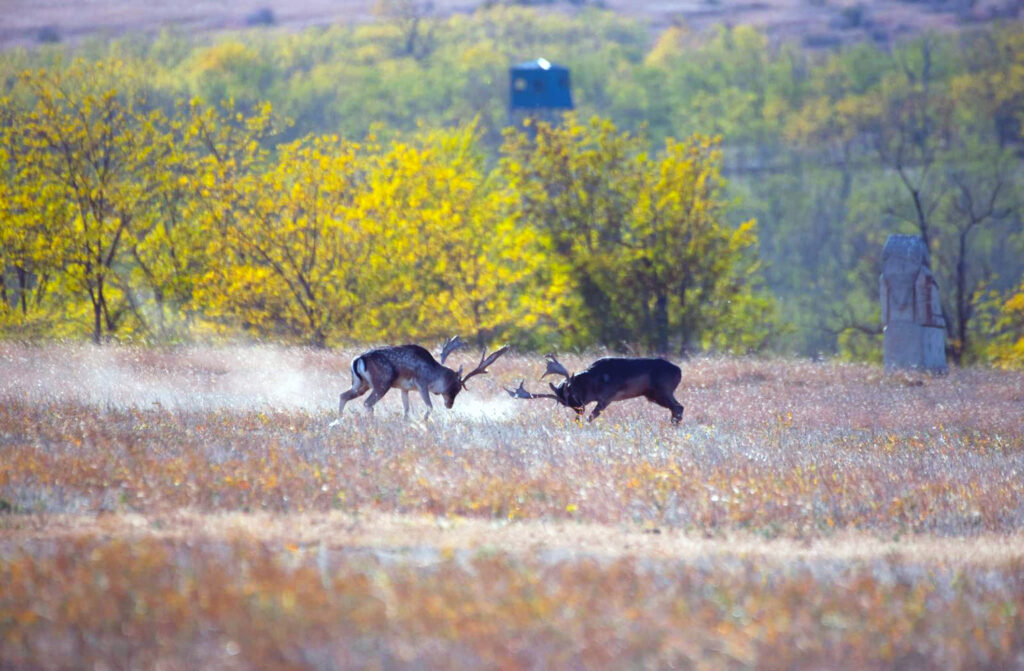
Wide-ranging benefits
The release of fallow deer into the wild is the latest in a string of successful reintroductions by the Rewilding Ukraine team on the Tarutino Steppe. Also boosting natural grazing in the landscape are recently reintroduced kulan (a wild relative of the domesticated donkey), an IUCN Red Listed species that once ranged across Central Asia and Europe. This population has seen wild foals born every year since 2022, which bodes well for the future.
Other reintroduced species include marmots, whose 20-metre-long burrows improve soil health and groundwater, and European hamsters, which were once widespread across Ukraine and will help to disperse seeds and create new habitats by burrowing.
Alongside other reintroduced species, the fallow deer will help to restore food webs on the steppe by providing prey for predators such as wolves and golden jackals, and scavengers such as vultures and foxes. The return of wildlife species to the Tarutino Steppe should also help to attract growing numbers of visitors, once the ongoing conflict is over, delivering socio-economic benefits to local communities.
Healing nature and people
Despite the logistical challenges of reintroductions, which are accentuated by the ongoing war, the Rewilding Ukraine team are encouraged by the positive impact of their efforts. Located well away from the conflict area, the Tarutino Steppe has the potential to become a wildlife sanctuary and potential source of animals for other restoration efforts across Ukraine once the conflict is over.
Over the last few years, the Rewilding Ukraine team, in conjunction with the community of Borodino and the Department of Ecology of Odessa, have taken important steps towards the creation of the Budzhak Steppes National Natural Park – a new national park that would encompass the Tarutino Steppe and adjacent yet unconnected areas of steppe.
In addition to restoring the vitality and functionality of ecosystems, rewilding in Ukraine is also helping people return to health. This year, the Rewilding Ukraine team has started a “Nature for Veterans” initiative, with the aim of helping Ukrainian soldiers and their families heal by immersing them in the recovering nature of the Ukrainian Danube Delta, located to the south-west of the Tarutino Steppe. This reflects the broader aim and value of rewilding: ensuring nature recovery enriches human lives and livelihoods too.
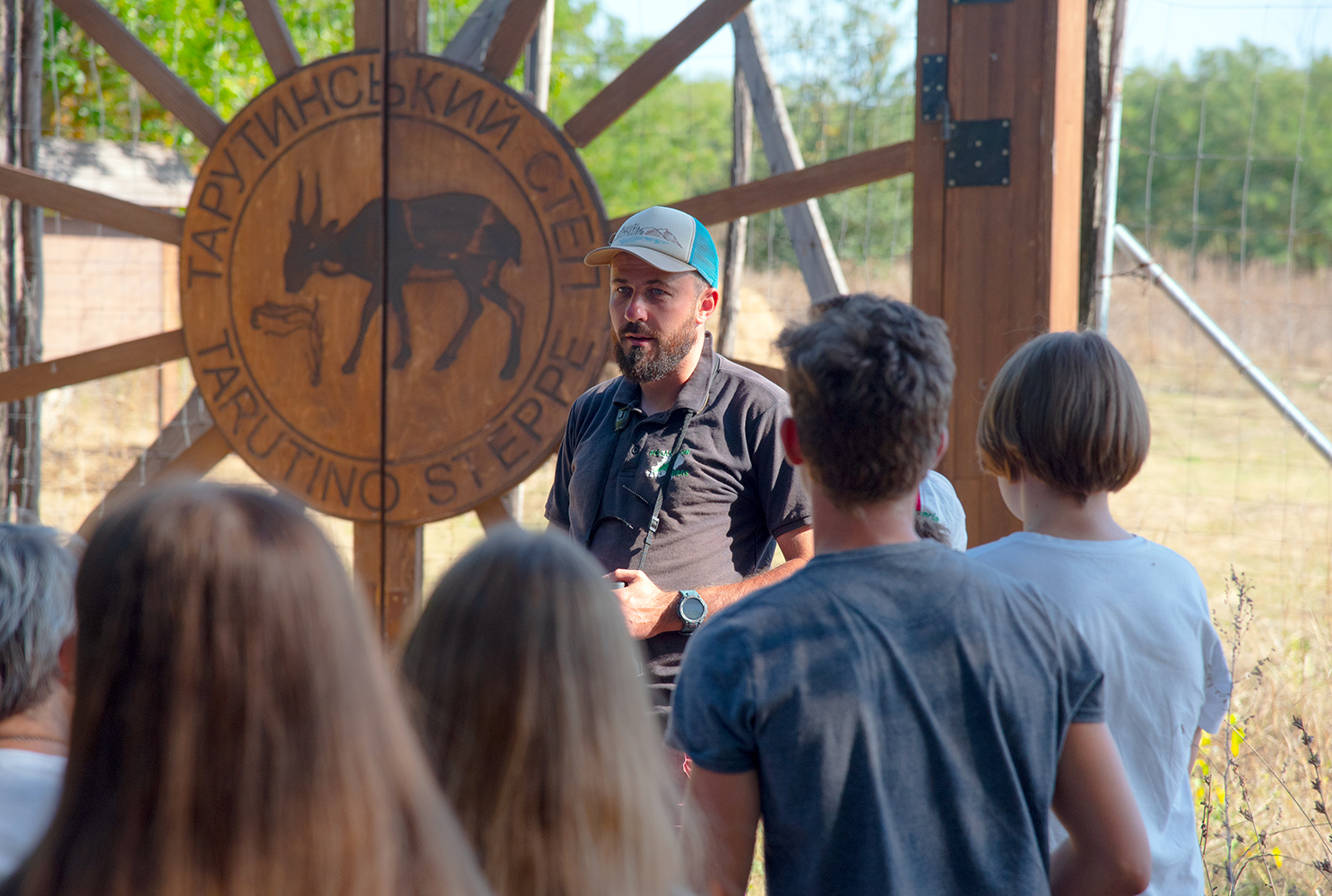
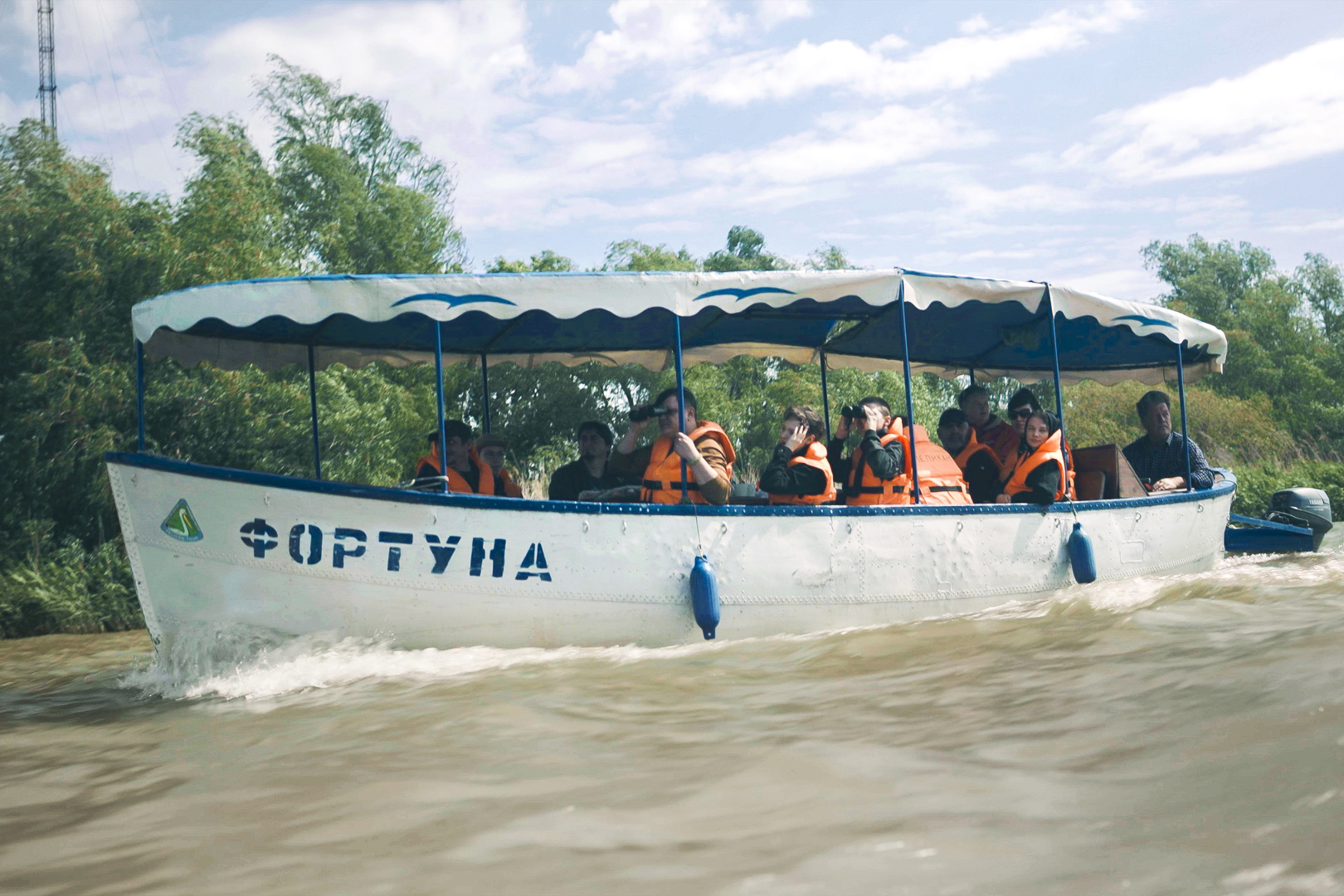
Long-term collaboration
The restoration of the Tarutino Steppe has been made possible by collaboration with local communities, the government, and other partners.
The residents of the local Borodino community have been essential to the success of rewilding efforts. A survey conducted by the Rewilding Ukraine team in 2024 found that almost all residents and 94 percent of community leaders believe it is necessary to restore nature in and around the steppe. The Rewilding Ukraine team is excited to build on this widespread support with further education and engagement.
“We’ve signed a memorandum of understanding with surrounding communities so we can work closely with them on all our rewilding initiatives,” says Oleksiy Pudovkin. “This includes how to interact with rewilded animals, how to protect gardens if necessary, and what the benefits of rewilded animals are for the community.”
